The COVID-19 impact on the hospitality workforce was immediate and profound. Lockdowns forced closures, widespread layoffs and major changes in daily operations. The pandemic reshaped roles, increased burnout and accelerated automation.
This article explores those effects and offers strategies to help hospitality professionals adapt and upskill in a transformed industry.
Immediate Effects of COVID-19 on the Hospitality Workforce
When COVID-19 struck, the hospitality workforce was among the first to feel the impact. Hotels, restaurants and event venues shut down overnight, halting operations and forcing mass layoffs.
Roles like Front Desk Supervisors, Housekeepers and Line Cooks were affected almost instantly as employers scrambled to respond to restrictions and collapsing demand.

Job Losses and Furloughs
In 2020, the U.S. leisure and hospitality sector saw 10.5 million layoffs.
While some workers were eventually rehired, the industry ended the year with a net loss of 3.5 million jobs.
The hardest hit were women, minorities and hourly service staff — many of whom held low-wage or part-time positions that were the first to be eliminated and the slowest to return.
Large employers were no exception. Marriott International placed tens of thousands of employees worldwide on temporary leave.
Changes to Workplace Safety Protocols
As venues gradually reopened, safety protocols became part of daily operations.
PPE, social distancing, health screenings and enhanced sanitization routines were widely adopted. Managers were tasked with interpreting evolving health guidance and enforcing compliance.
Roles across the board adapted — Hosts tracked guest flow, Housekeepers expanded cleaning checklists and Restaurant Managers restructured shifts into rotating pods to reduce risk.
Orientation and training moved online, and signage, digital checklists and revised manuals became the new workplace standard.
For a look back at how workplaces adjusted during the early months of COVID-19, this BBC News report captures the moment when new rules on distancing, staggered schedules and stricter hygiene standards were first introduced — setting the tone for similar changes across the hospitality industry.
Adjustments to Roles and Responsibilities
Staffing shortages and shifting protocols pushed workers into new roles.
Supervisors often became tech troubleshooters, health screeners and delivery coordinators all at once.
Front-line roles blended — Bartenders helped seat guests and Front Desk staff assisted with mobile check-ins — as flexibility became essential to keeping operations running.
Long-Term Effects of COVID-19 on the Hospitality Workforce
COVID-19 brought lasting changes to hospitality staffing. Employers restructured teams, adopted automation and shifted expectations.
Flexibility, cross-training and adaptability are now core requirements, as employees are expected to take on multiple responsibilities depending on need.
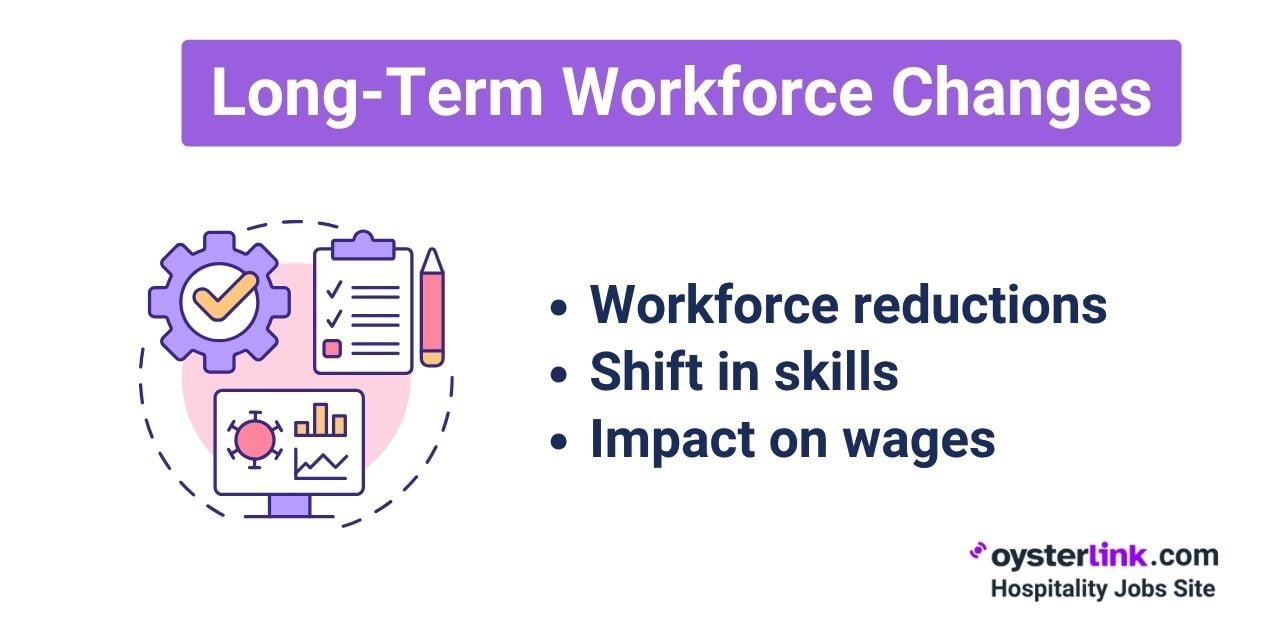
Lasting Workforce Reductions
Leaner teams have become standard across hotels, restaurants and venues. To manage ongoing staffing gaps, many businesses turned to automation. Digital kiosks, mobile ordering apps and robotic delivery carts now handle tasks once assigned to staff.
This shift wasn’t optional — it was necessary. A February 2024 report from the National Restaurant Association found that 45% of operators were still understaffed.
For many businesses, automation was the only viable way to stay operational.
Shift in Skills and Training Needs
The pandemic reset baseline skill requirements. Digital fluency, sanitation knowledge and tech troubleshooting are now part of the job. Tools like contactless check-in, app-based ordering and virtual service platforms are no longer optional.
Hospitality employers have responded by offering new training programs in crisis management, hygiene and guest-facing technology. Supervisors often track certifications and updated protocols to meet audit requirements or support team development.
Impact on Wages and Employee Benefits
As businesses worked to recover, many cut costs — sometimes at the expense of staff support. Pay stagnation and reduced benefits became widespread, particularly in part-time roles.
Job security and perks declined, making it harder for employers to attract and retain talent. As hiring picks up, candidates are asking more about wages, benefits and wellness support during interviews.
Addressing Mental Health in Hospitality After COVID-19
Mental health struggles, burnout and substance use have long affected hospitality workers, but the pandemic intensified these challenges. COVID-19 added unpredictable workloads, public health duties and ongoing staffing shortages to an already high-pressure industry.
A 2024 Axonify survey found that 47% of U.S. Restaurant Managers reported burnout, with nearly 70% saying their team members felt the same. Despite this, fewer than half of employers offered mental health training or support.
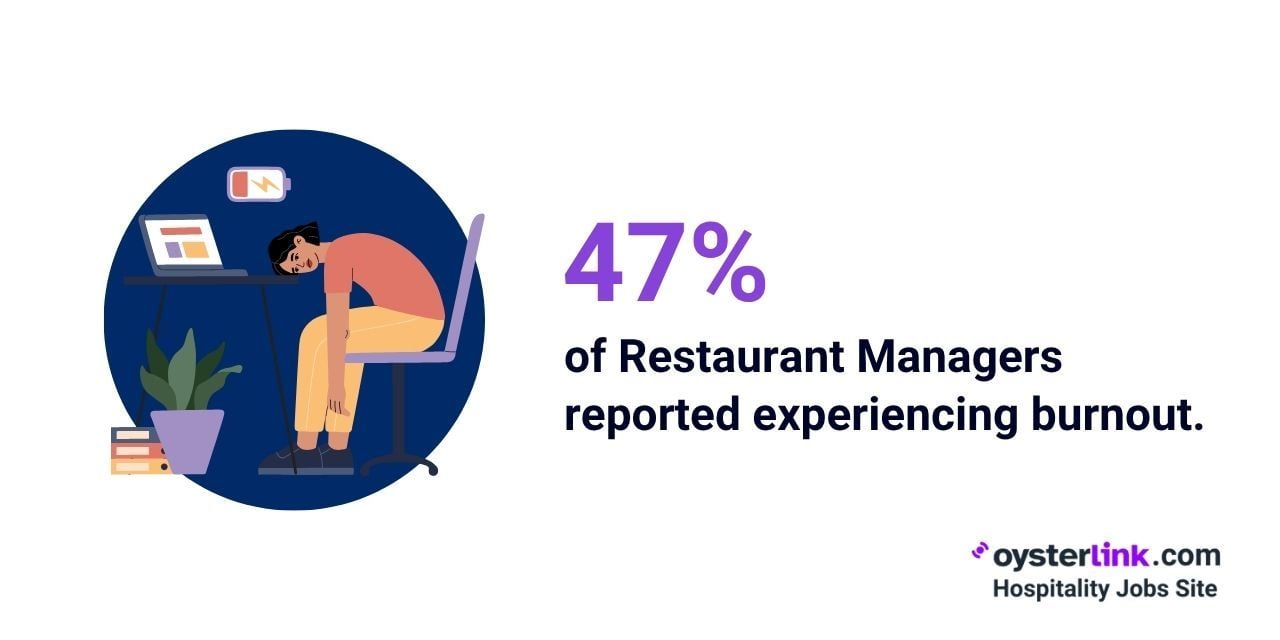
According to the American Addiction Centers, hospitality has the highest rate of substance use disorders among all industries.
Roughly 17% of workers had a diagnosed disorder, and nearly 1 in 5 reported recent illicit drug use. While these issues weren’t caused by COVID-19, the added stress likely contributed to increased substance reliance for some.
Burnout and lack of support are now key drivers of turnover, with many workers leaving the industry entirely. Addressing mental health has become a vital part of rebuilding a sustainable workforce.
Support Systems and Resources
In response to growing mental health concerns, some employers introduced Employee Assistance Programs, wellness hotlines, extended sick leave and counseling. Support varies widely, but some businesses have begun prioritizing emotional health alongside operations.
Nonprofits like CORE and Giving Kitchen stepped in with emergency grants, therapy access and peer support tools. Unions and local associations have also compiled updated resource directories. For supervisors, keeping a list of these resources can help create a more informed and supportive work environment.
Practical Tools for Self-care and Team Support
Supporting mental health doesn’t always require large programs. Simple steps can make a difference:
- Set boundaries between work and personal time — even short breaks help
- Rotate high-stress tasks like deep cleaning to avoid burnout
- Post hotlines or mental health apps in breakrooms or staff chats
- Normalize wellness check-ins during shift huddles
- Model healthy behavior so teams feel safe speaking up
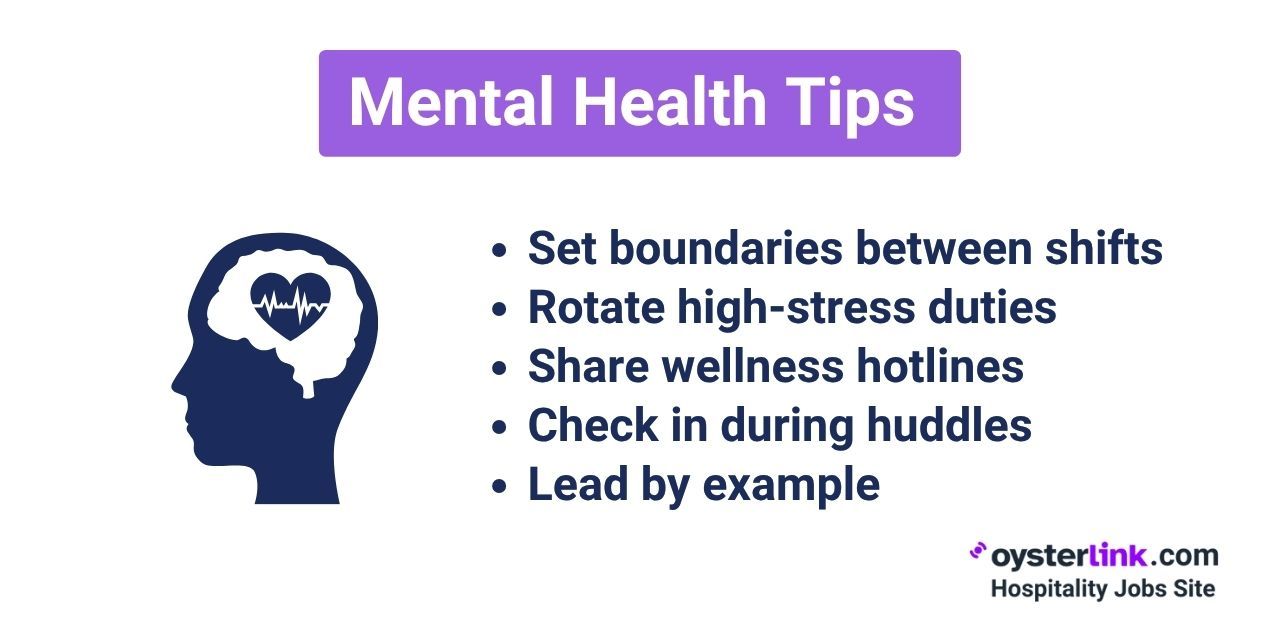
Building a Stronger Hospitality Workforce Post-COVID-19
Recovery involves more than rehiring. It requires thoughtful rebuilding, focused on digital literacy, cross-training and emotional intelligence alongside traditional skills.
Rehiring and Retention
Employers are offering flexible schedules, bonuses and training to bring back and keep staff. Some hotel groups let Housekeepers and Chefs select shifts and access free learning platforms. Workers looking to grow can explore certification programs through AHLEI or LinkedIn Learning.
Upskilling for a More Resilient Workforce
COVID-19 blurred job lines. Workers now manage guest complaints, digital tools and unexpected tasks daily. Upskilling in crisis response, communication and tech helps workers stay competitive.
Employers that invest in mentorship or short-form training often see stronger engagement and retention. Even small efforts — like completing a sanitation course or learning a new system — can open doors to new roles. Supervisors also benefit from building soft skills like coaching and conflict resolution.
Embracing Innovation in the Hospitality Workforce
Contactless technology is now the norm. QR menus, smart devices and AI tools are part of everyday workflows. The more comfortable workers are with digital tools, the more adaptable and valuable they become.
If formal training isn’t available, employees can turn to industry forums, peer support groups or free online tutorials. Being proactive about tech skills can help workers pivot to new opportunities or advance where they are.
COVID-19 on the Hospitality Workforce: Conclusion
The immediate effects of COVID-19 on the hospitality workforce were swift and far-reaching. Millions lost their jobs as operations came to a standstill, while those who remained had to adapt to new safety measures, shifting roles and constant uncertainty.
These early disruptions marked the beginning of a larger transformation — one that would permanently reshape how hospitality employees work, train and adapt in the years that followed.
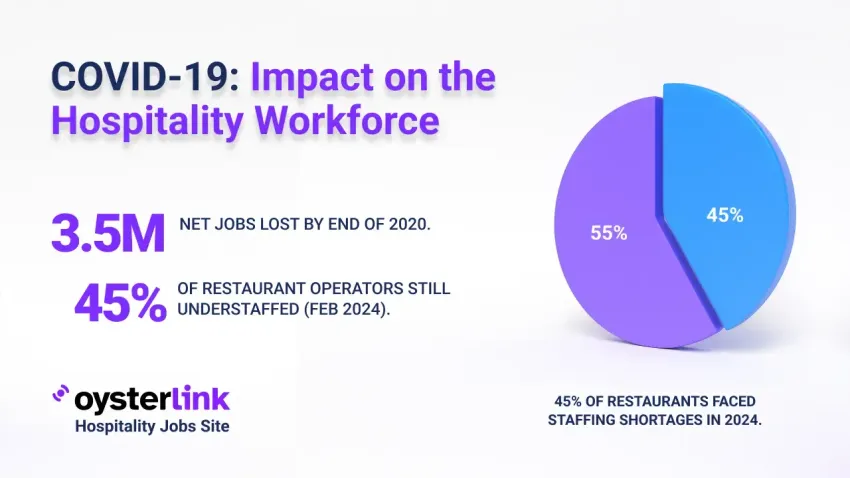



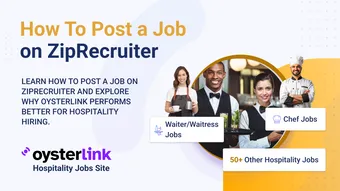
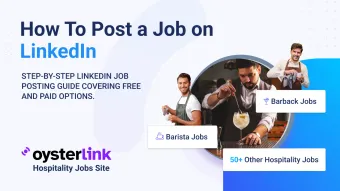
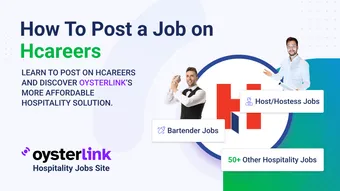



Loading comments...